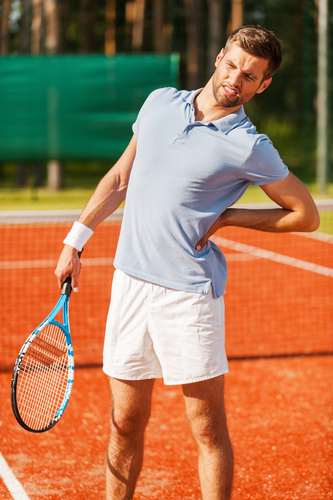Posture
Never had good posture?
Ever heard of a spinal lordosis?
Managing an upright posture is made possible by the developmental posterior curvatures known as the cervical and lumbar lordoses. A neutral lordosis is defined as the midpoint of bending forwards and backwards in the neck or low back.
Only the anterior curve of the mid back exists in a newborn, the neck curve is developed with the ability to hold up the head, and the low back curve is developed with the ability to stand. Poor development or injury can create compensation patterns of constant contraction.
Correction can be made with the slow change over time to lengthen shortened spinal ligaments and allow for improved neutral lordotic posture. Many chronic pain patterns involve a loss of normal lordosis, and may be difficult to fix if not properly identified and treated.

How can improved spinal posture help you?

Improved spinal posture:
- increases spinal stability because this posture is inherent in the design of the shape of the vertebrae and discs of the spine.
- offers protection from spinal degeneration and arthritic changes

The following treatments are effective at improving spinal extension posture of the neck or low back lordoses:
Extension traction can increase the curvature of the spine to improve center of gravity and decrease chronic tension with a foam or other fulcrum. It is best implemented with a home based component to maximize frequency of application.
Decompression traction may be indicated in more advanced cases involving pinched nerves as relief is a first priority. This too can be implemented with a home based component very effectively to control severe cases.

Exercise and Traction treatment equipment in the chiropractic rehabilitation room.
ChiroWerks LLC 5930 Hamilton Boulevard Suite 104 Allentown, PA 18106 610-965-1414
Designed by Zachary Kocis